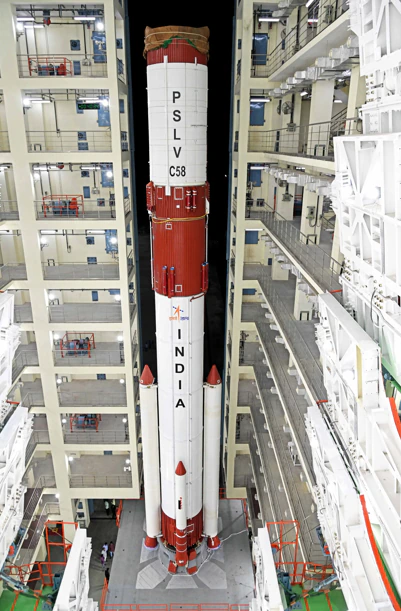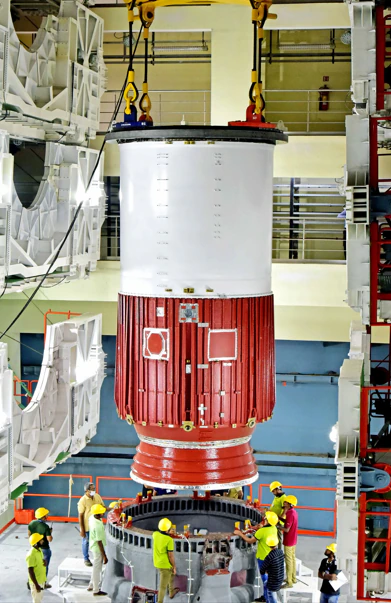The XpoSat represents India’s pioneering endeavor in the field of polarimetry, as it embarks on a mission to investigate the 50 most luminous celestial objects under extreme circumstances.
With the arrival of 2024 just a few days away, the Indian Space Research Organisation (Isro) is in the final stages of preparing for the launch of India’s inaugural X-Ray Polarimeter Satellite (XPoSat). Scheduled for January 1, 2024, the satellite will take off at 9:10 am utilizing a Polar Satellite Launch Vehicle (PSLV).

Ahead of the launch, Isro has released images showcasing the mission, which marks a significant milestone in India’s space exploration endeavors. The XPoSat represents India’s first dedicated polarimetry mission, aimed at studying the 50 brightest known astronomical sources under extreme conditions. These sources include black hole X-ray binaries, non-thermal supernova remnants, neutron stars, active galactic nuclei, and pulsars. The satellite will be positioned in a circular low Earth orbit ranging from 500 to 700 km, with a projected mission lifespan of at least five years.
In a statement, the Indian Space Research Organisation (ISRO) stated that the polarimetric observations, combined with spectroscopic measurements, are anticipated to overcome the uncertainties in various theoretical models of astronomical emission processes. This research direction will be the primary focus of the XPoSat mission conducted by the Indian science community.

The XPoSat mission is poised to revolutionize our comprehension of the universe. By incorporating polarimetry measurements, which encompass the degree and angle of polarization, with the existing spectroscopic and timing data, the mission aims to resolve ambiguities in current diagnostic procedures and enhance our understanding of the emission processes originating from astronomical sources.
These instruments, developed through a collaboration between the Raman Research Institute (RRI) and the UR Rao Satellite Centre (URSC), are expected to provide novel insights into the physics of celestial objects.

